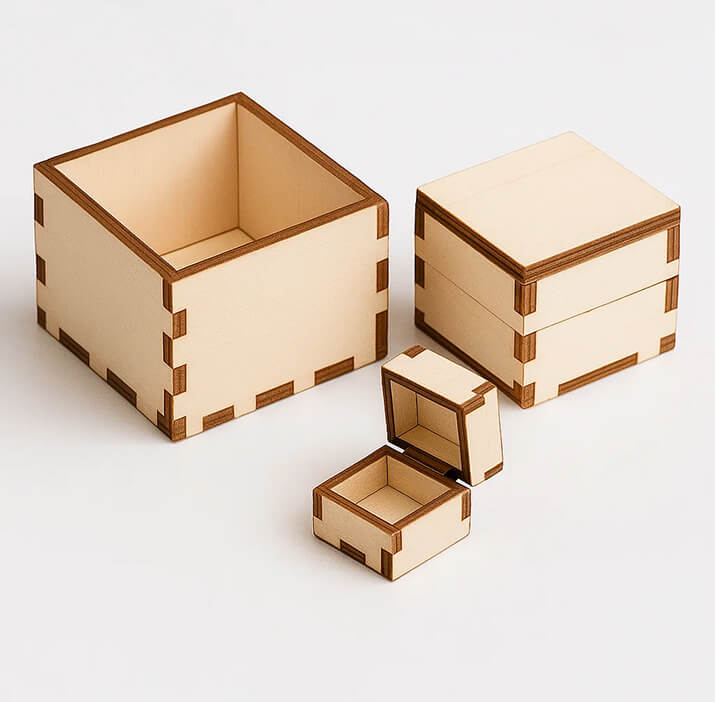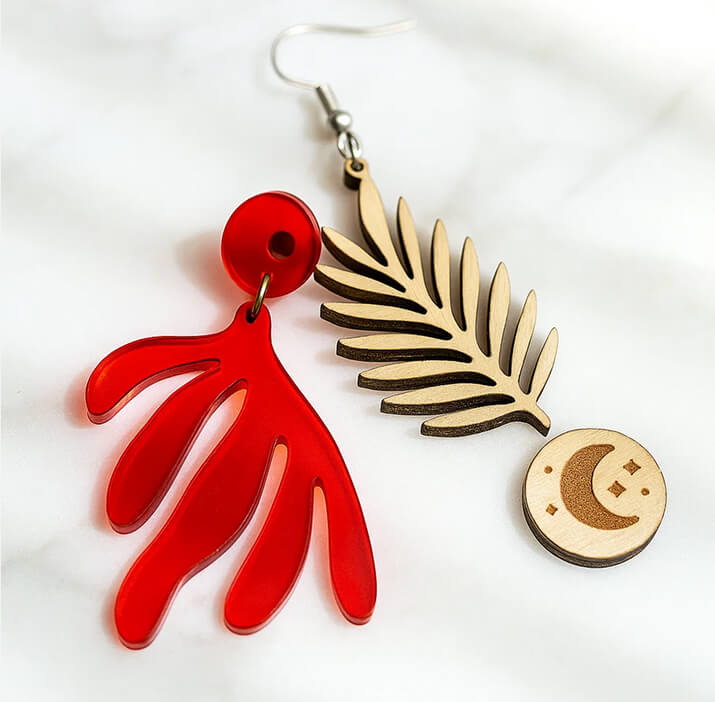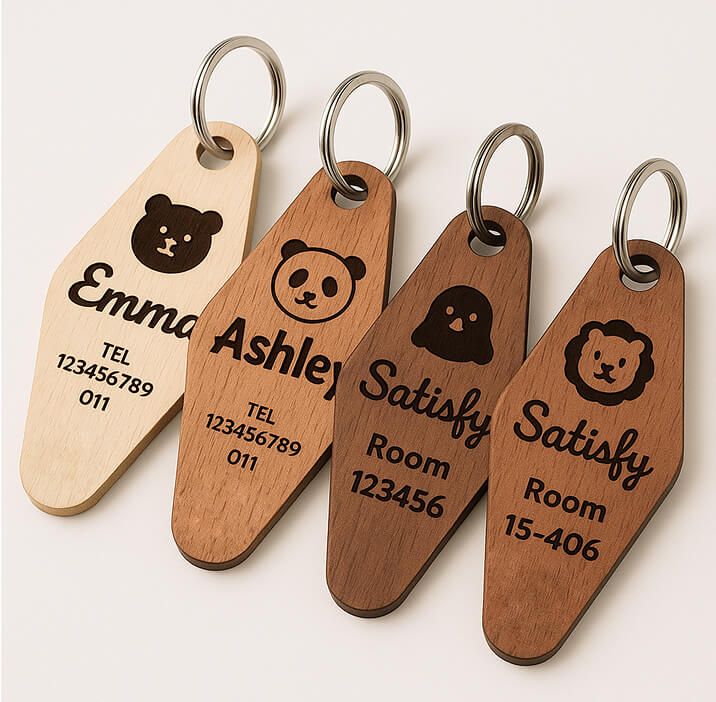![[Laser cut and engrave] Leather case for Book e-reader Bookeen / étuis en cuir pour liseuse Bookeen](https://image-res.xtool.com/resource/xtool/community/attachment/xtool-community/79463bdc-3df7-45a4-bee0-ebc33d664322?x-oss-process=image/resize,w_1200,h_900,limit_0/interlace,1/format,webp/auto-orient,1)
Leather case for Book e-reader Bookeen / étuis en cuir pour liseuse Bookeen
Information
Replace the previous Book e-reader Bookeen case (see on picture the previous red one) by a leather one / remplacer l'ancien étui d'une liseuse Bookeen (voir l'ancien rouge sur la photo) par un nouveau en cuir.
Instruction
Step1: Front cover and rear cover / parie du dessus et du dessous
Before cutting the leather pieces, it's better to do a trial run on thick paper using the same parameters as for cutting leather (possibility of reducing power or increasing speed as the paper is easier to cut. Do not engrave). Then assemble the paper parts using paper glue. Try to fit the Bookeen e-reader into the paper case. Make sure there's a sufficient gap of 2 to 3mm at the top and bottom (which will correspond to the thickness of the leather in the final version) between the paper and the Bookeen reader. Also pay attention to the width of the leather hinge according to the thickness of the Bookeen reader.
If you need to modify the size of the leather cut-outs, you can use the 2D format .DXF model in Nonocad, for example, to modify them and then integrate them into the Xtool design software.
French version:
Avant de découper les pièces de cuir, il est préférable de faire un essai sur du papier épais en utilisant les mêmes paramètres que pour la découpe du cuir (possibilité de réduire la puissance ou d'augmenter la vitesse car le papier est plus facile à découper. Ne pas réaliser la gravure). Faire ensuite un assemblage des pièces en papier avec de la colle à papier. Essayer d'enfiler la liseuse Bookeen dans l'étui de papier ainsi réalisé. Attention, s'assurer qu'il y a un jeu suffisant de 2 à 3mm au dessus et en dessous (qui correspondra à l'épaisseur du cuir dans la version final) entre le papier et la lisseuse Bookeen. De même attention à la largeur de la charnière en cuir en fonction de l'épaisseur de la liseuse Bookeen.
S'il y a des modifications de taille de découpe des pièces de cuir vous pouvez utiliser le modèle 2D en format .DXF sous Nonocad par exemple, pour les modifier et ensuite les intégrer dans le logiciel Xtool design.
Step2: assembling by sewing / assemblage par couture
Once you've cut and engraved the various leather parts (front part, back part, holding frame and strap, as well as the hinge), you need to sew them together with a double "saddle-stitch" seam.
Before sewing the hinge, you can coat it with a grease to soften the leather so that the case closes properly.
Sew the strap to the bottom first. Crimp the snap onto the front part where the nib and inkwell are engraved. Sew the hinge to the front. You'll need to make the hole in the strap at the last moment, once the case is fully sewn, to adjust the position of the hole in the strap and crimp the press stud.
Watch the photos carefully to assemble and sew the leather pieces in the right position.
The difficulty lies in sewing the 3 layers of leather on the hinge side.
French version
Une fois avoir découpé et gravé les différentes pièces en cuir (la partie de devant, la partie arrière, le cadre de maintien et la sangle ainsi que la charnière) il faut les coudre avec une double couture "point de sellier" .
Avant de coudre la charnière, vous pouvez l'enduire d'une graisse pour assouplir le cuir afin que l'étui se ferme correctement.
Coudre en premier la sangle sur le fond. Sertir le bouton pression sur la partie de devant où la plume et l'encrier sont gravés. Coudre la charnière sur la partie de devant. Il faudra réaliser le trou dans la sangle au dernier moment une fois l'étui complètement cousu, pour ajuster la position du trou dans la sangle et y sertir le bouton pression.
Bien regarder les photo pour assembler et coudre les pièces de cuir dans la bonne position.
La difficulté réside dans la couture des 3 épaisseurs de cuir coté charnière.





